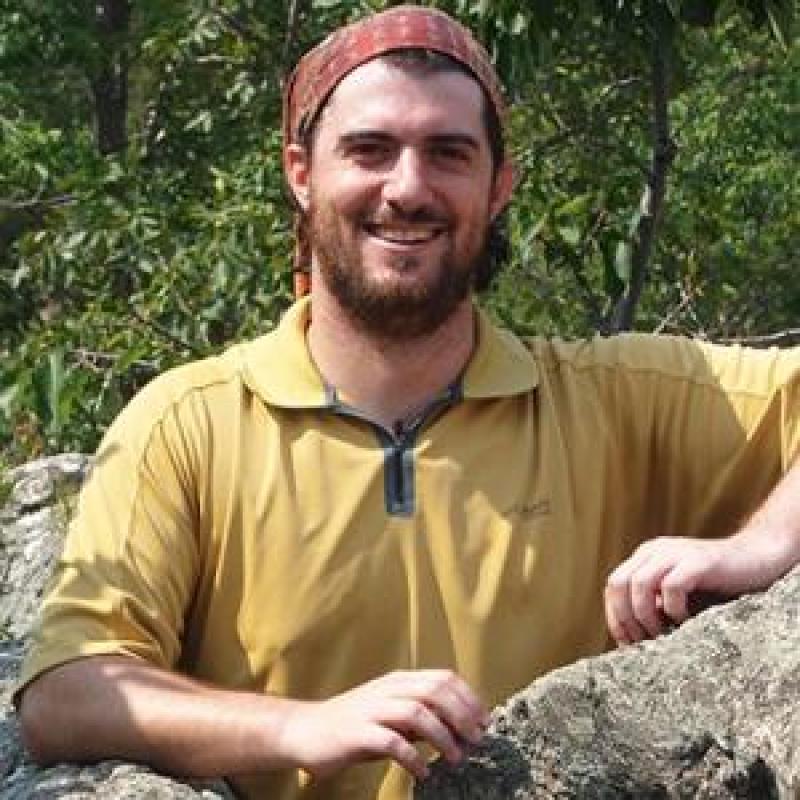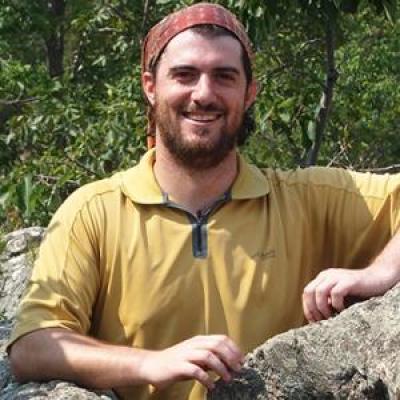We examine how landscape structure and function emerges from the complex interactions among the atmosphere, ecosphere, hydrosphere, cryosphere, and lithosphere.
Understanding how these systems co-evolve is central to explaining and interpreting past and future changes to the landscape. We largely adopt the lens of Critical Zone Science, which focuses on the space between unaltered bedrock and the top of the vegetation canopy to explain hydrological, geochemical, and sediment fluxes. Anthropogenic climate change brings increased urgency to unraveling these dynamics to improve land surface models and project future impacts. For example, how will snowpack and snowmelt in the Rockies respond to climate and affect water resources? What is the fate of alpine and Arctic permafrost in a warming world? To address these kinds of questions in the past and future, we integrate field measurements and instrumentation with drone, airborne, and spaceborne remote sensing and numerical modeling.
A better understanding landscape dynamics enables us to monitor and assess the relative importance of both slow and fast changes occurring at the surface where we live, grow our food, and explore our environment.



